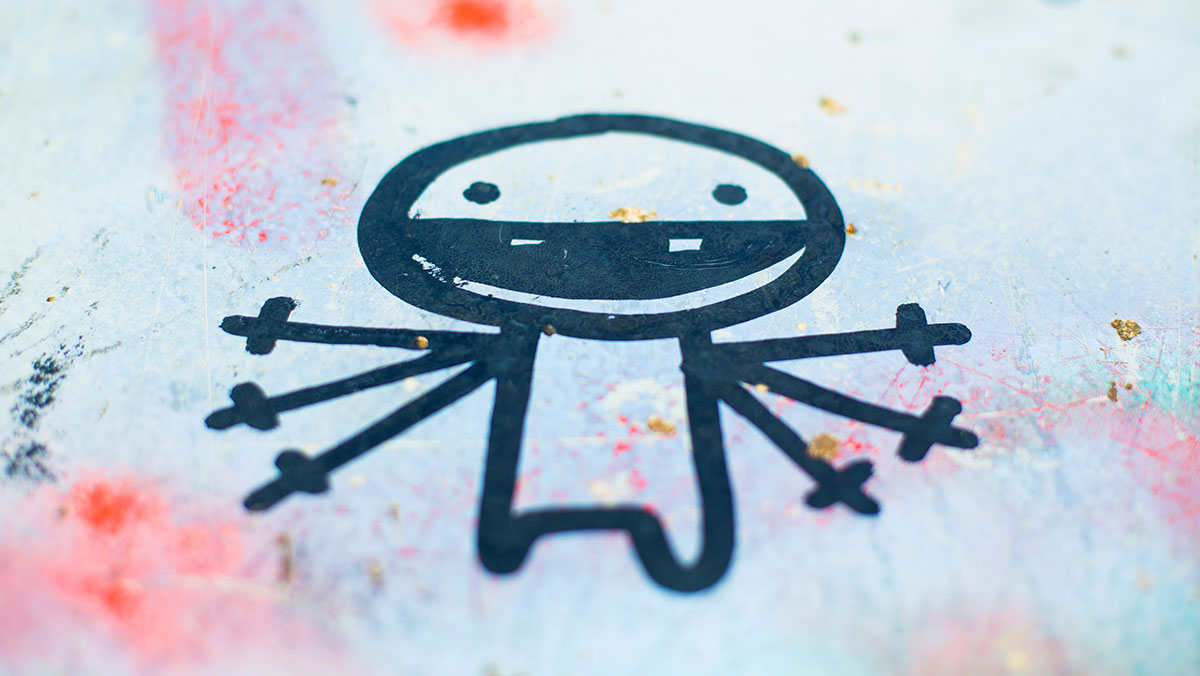
During times of economic turbulence, a strong sense of team purpose, mutually-respected principles that guide how a business is run, and a personality which defines how a company is known, can all prove the difference between a firm that survives and one that doesn’t.
These ‘three Ps’ are crucial components within the organizational culture. They’re also the three bedrocks of a solid brand. Surely, it can, therefore, be argued that these two conversations are inextricably linked.
So, does this mean that marketers should play more of a role within strategic HR thinking? Does it mean that Human Resources professionals should better understand the power of the brand? And, irrespective of who owns this agenda, can company culture even be reshaped?
Who should be involved in conversations about culture and brand?
In truth, various stakeholders need to be involved. Whilst a marketing department may tactically reinforce and champion brand on a day-to-day basis, the senior management team must also be wholly invested in the three aforementioned elements if they are to be truly embraced throughout the workforce and beyond.
Different people will offer different perspectives too. Exploratory workshops are therefore a great idea, especially if representatives can attend from varied company departments. From the ‘shop floor’ to HR, diverse colleagues will each have valid input to offer, and any resulting change is likely to be better-received if employees have helped to influence it. Even customer feedback should be invited where possible so that external perceptions of the business can be understood without bias.
The role of design thinking
Non-designers may question the role that design thinking plays in driving a paradigm shift such as a cultural overhaul. But those more familiar with the discipline should readily recognize the power it could unleash. Good design is about understanding people after all. We use a number of tools and techniques to deploy a human-centered approach to problem-solving. We get closer to individuals’ needs and co-create solutions that make their lives better. We collaborate to improve and progress.
So doesn’t it follow that design thinking methodologies could be applied to help solve a challenge as vast as achieving organizational change?
Freeze and refreeze, or make, test, and learn?
Of course, the process isn’t easy, particularly when the three Ps are firmly embedded. The three-stage change management framework modeled by physicist and social scientist Kurt Lewin, for instance, reinforces this point.
Since this tool was developed in the 1940s, it has long been accepted that behavior — however deeply engrained — needs to firstly be unfrozen for change to occur, before newly-desired principles are then solidified.
However, the volume, velocity, and variety of change now being experienced by organizations are seemingly showing no sign of slowing. It is arguably more beneficial for teams to remain in a fluid, adaptable, and change-ready state so that change can continue to occur — even if only incrementally.
And this somewhat iterative mindset reflects a key principle of design thinking — to make, test, and learn.
What now?
Those of us who understand the power of brand – and more specifically the three Ps — need to ensure that the conversation surrounding design thinking gets louder. The design thinking movement is by no means new — in fact, it risks becoming another buzz phrase overused by people who don’t truly understand it. But those that do harness its potential within their organizations — specifically to reinvigorate company culture — could soon find themselves better prepared than ever for even the toughest economic times.
Image source: Markus Spiske
